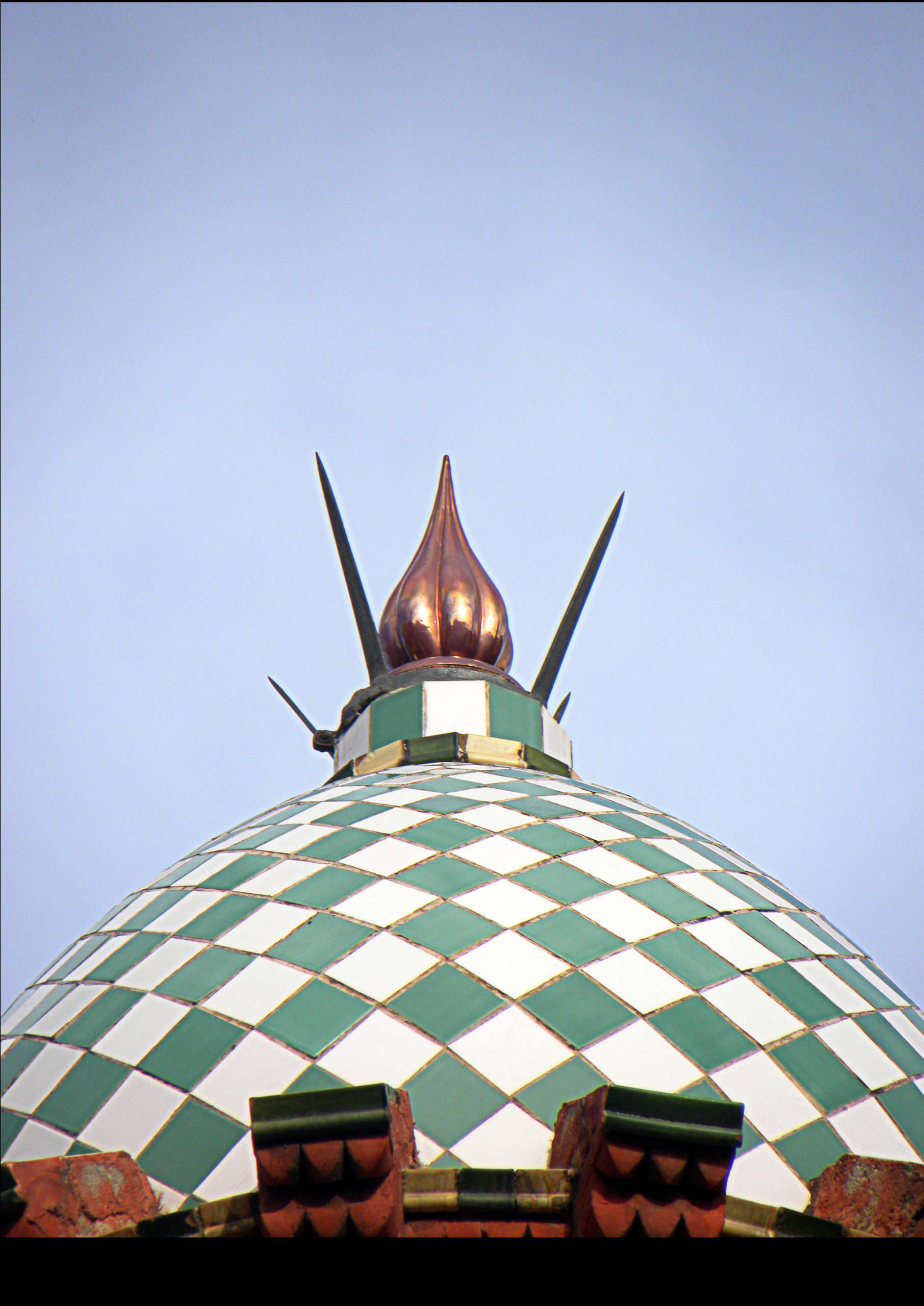In 1878 Gaudí obtained the title of architect and installed his office in Calle del Call, in the old Jewish quarter of Barcelona. There, he began to work on his first assignments, as a set of equipment for a cooperative called La Obrera Mataronense, a lamppost for the Plaza Real de Barcelona and a showcase for the prestigious Comella guantería. This last work attracted the attention of the powerful Barcelona industrialist Eusebi Güell i Bacigalupi, who in the following years would become the architect’s main patron.
Thanks to his relationship with Güell and his immersion in the most outstanding intellectual environments of Barcelona, during his life Gaudí was able to establish new contacts of interest and participate in increasingly ambitious architectural projects that allowed him to leave behind the economic straits of his student years and lead a very active social life.
In 1883, the architect presented the plans for his first major work, the Casa Vicens, and started El Capricho in the Cantabrian town of Comillas, where the architect had already acquired some fame thanks to his work for Güell’s father-in-law, Antonio López, First Marquis of Comillas. Also in 1883, Gaudí accepted the order to replace Francisco de Paula del Villar in the direction of the works of the Sagrada Familia expiatory temple, an initiative promoted by the Barcelona bookseller Josep Maria Bocabella that would end up becoming the great life project of the architect.








